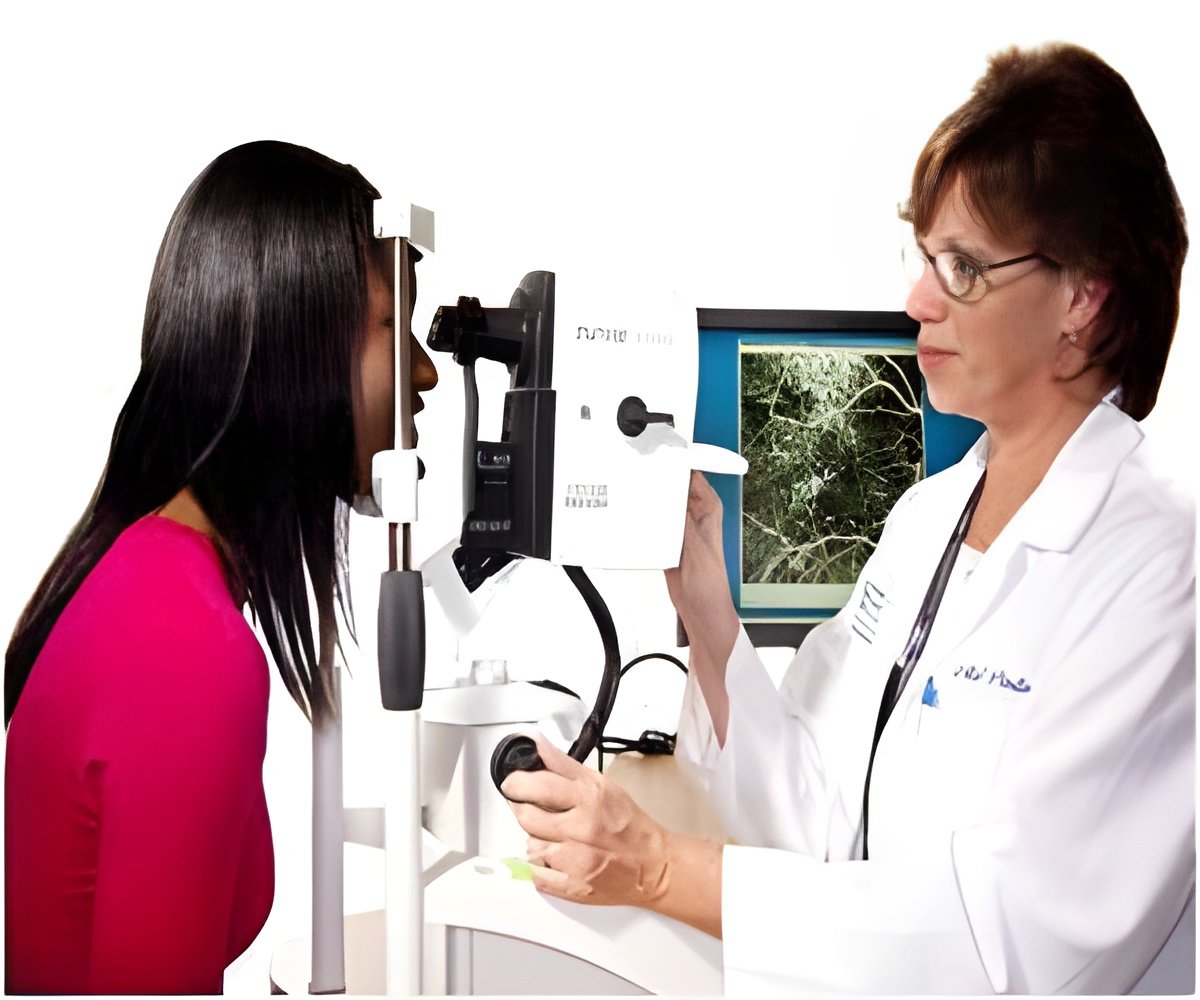A special issue on ocular drug delivery has been published in the journal Drug Delivery and Translational Research.

‘A special issue on ocular drug delivery has been published in the journal Drug Delivery and Translational Research.’





Current therapeutic options for these diseases may at best manage
the condition, slowing or halting further deterioration or disease
progression. New breakthrough treatments would benefit from robust
sustained delivery of the drug to the target tissues in the posterior
segment and, importantly, enhance compliance of patients with long-term
treatment regimens for these chronic diseases - for example, avoiding or
reducing the need for frequent injections. These drug delivery challenges to the posterior segment of the eye, for both small and large molecules, provide a significant market opportunity for the development of new therapies based on enhanced drug delivery methods and technologies.
The technologies required to deliver agents specifically and effectively to the eye are rapidly evolving. These technologies will have the potential to radically alter the way many diseases are treated, especially retinal blinding diseases. The next decade promises great strides in therapy for many currently poorly treated or untreatable ocular diseases.
The future for sustained-release ocular drug delivery lies in reducing the treatment burden by innovations in delivery technology, biologics delivery, targeting gene therapy to the appropriate cell types, and combining effective small-molecule therapeutics with the appropriate drug delivery system. Patient compliance and convenience will be key drivers for drug delivery success.
In order to address these topics, a special issue entitled "Ocular Drug Delivery" has just been published in Drug Delivery and Translational Research. It is co-edited by Dr. Ilva Rupenthal, Senior Lecturer and Director of the Buchanan Ocular Therapeutics Unit at the University of Auckland, New Zealand, and Michael O'Rourke, President of Scotia Vision Consultants, who has a track record of launching several products in the market.
Advertisement
"The demand for new sustained release ocular drug delivery systems has never been greater. With the growing incidence and prevalence of the major eye diseases, patients and doctors are seeking new approaches to deliver therapeutics including both small and large molecules, balanced with the need to reduce the frequency burden of repeat intravitreal injections. New innovations will come from a greater understanding of the pharmacokinetics and technical demands of matching a drug with a sustained release delivery platform. This publication will address these needs and help push our understanding of ocular drug delivery to the next level," said Michael J. Cooney, a retinal physician practicing in New York, U.S.A.
Advertisement
Source-Eurekalert












